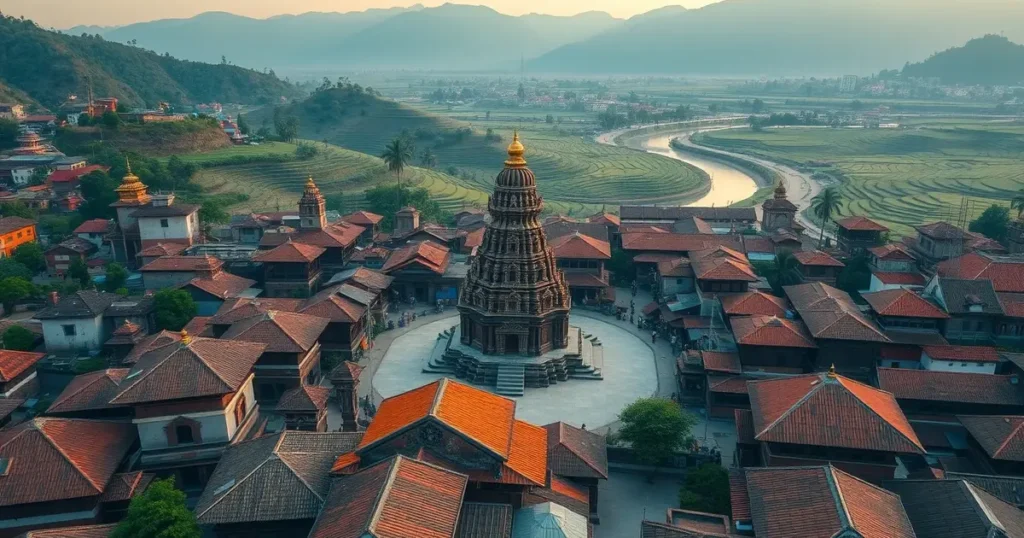While Kathmandu Valley’s famous Durbar Squares draw international crowds, the ancient Newari town of Panauti, just 32 kilometers southeast of the capital, offers a more intimate and authentic immersion in Nepal’s rich cultural heritage. Remarkably preserved and largely untouched by the 2015 earthquake, Panauti stands as a testament to traditional Newari architecture, vibrant living traditions, and innovative community-based tourism that empowers local women while offering travelers a genuine connection to Nepali life.
A Town Built on a Single Stone
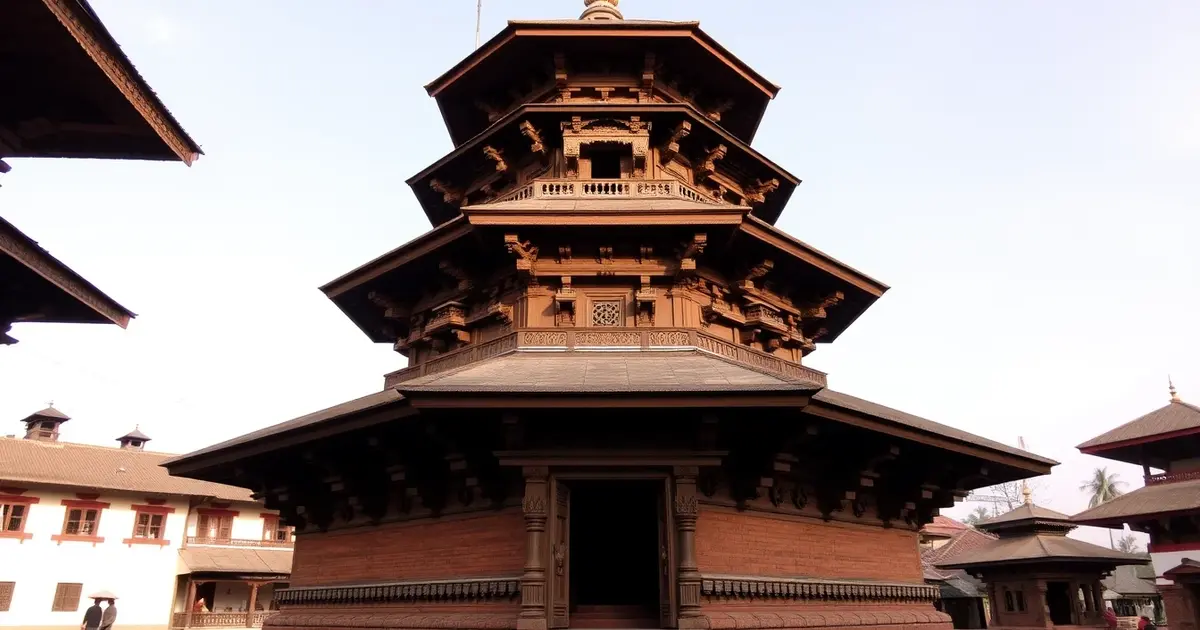
Panauti’s historical significance is deeply rooted in local legend and geology. The town is uniquely situated at the confluence of three rivers—the Roshi Khola, Punyamati Khola, and the mythical Lilawati River, believed to be visible only to the enlightened. Local tradition holds that the entire town rests upon a single massive stone, a belief that locals credit for Panauti’s remarkable resilience during seismic events, including the devastating 2015 earthquake which left most of its ancient structures unscathed.
This geological stability has allowed Panauti to preserve an extraordinary concentration of traditional Newari architecture. The town center, a pedestrian-only zone, feels like a living museum with its brick-paved streets, intricately carved wooden window frames, and multi-tiered pagoda temples. Unlike more heavily touristed Newari towns, Panauti retains its authentic residential character; daily life unfolds amidst these historic structures, with families performing rituals, artisans working in open courtyards, and children playing in ancient squares.
The Indreshwar Mahadev Temple complex, dating back to the late 13th century, forms the heart of Panauti’s sacred landscape. This magnificent three-tiered pagoda temple, dedicated to Shiva, is one of Nepal’s oldest and most significant. Its exquisite wood carvings, depicting deities and mythical creatures, showcase the pinnacle of Newari craftsmanship. The surrounding temple courtyard contains numerous smaller shrines, chaityas (Buddhist stupas), and patis (public rest houses), creating a layered spiritual environment where Hindu and Buddhist traditions seamlessly intertwine, characteristic of Newari culture.
Community Homestays: Empowering Women, Enriching Travel
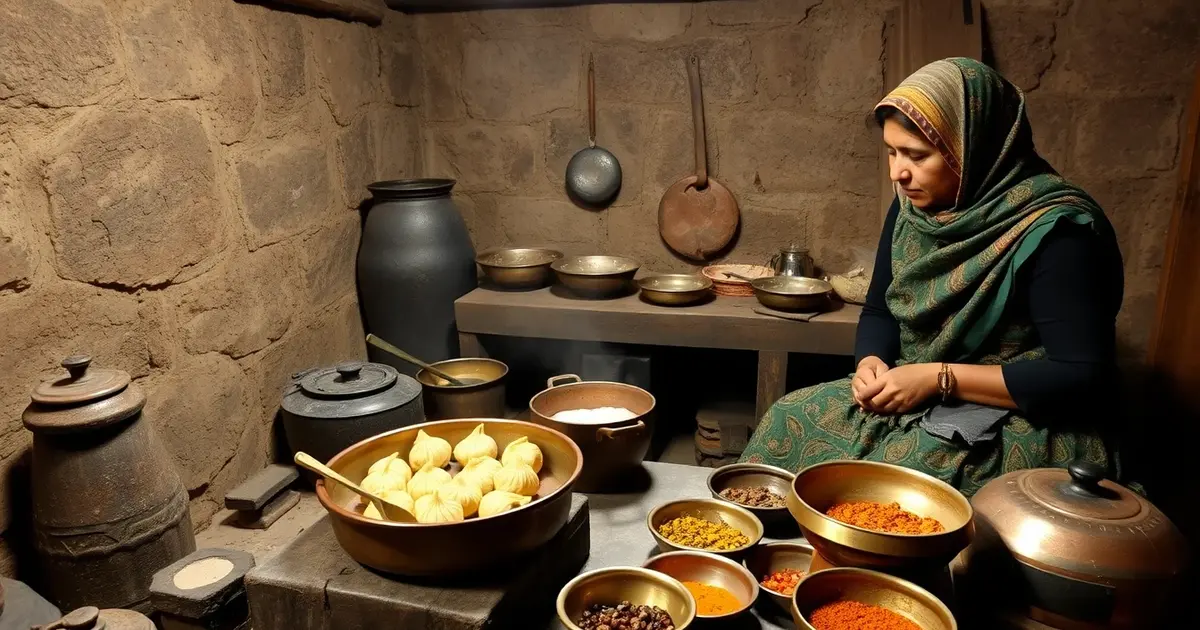
Panauti’s most innovative contribution to Nepal’s tourism landscape is its community homestay program, initiated in 2013. This project, a collaboration between the local municipality and UN Women, empowers local women—many from marginalized communities—by providing them with training and resources to host international visitors in their homes. The program offers a sustainable alternative to conventional hotel tourism, channeling economic benefits directly to local families while providing travelers with authentic cultural immersion.
Guests participating in the homestay program experience daily Newari life firsthand. Accommodations are simple but comfortable, typically consisting of private rooms within traditional family homes. Visitors share meals with their host families, learning to prepare local dishes like dal bhat (lentil soup with rice), momos (dumplings), and yomari (sweet rice-flour dumplings). This culinary exchange often becomes a highlight, offering insights into local ingredients, cooking techniques, and the cultural significance of food in Nepali society.
Beyond meals, homestay hosts facilitate cultural experiences tailored to guest interests. This might include learning basic Nepali phrases, participating in local farming activities, visiting community schools, or observing traditional craftspeople like weavers and potters. The program emphasizes respectful interaction and mutual learning, creating connections that transcend typical tourist-host relationships. Many visitors describe their homestay experience as the most meaningful part of their Nepal journey, offering a deeper understanding of the culture than conventional sightseeing allows.
The program’s success has had a transformative impact on the community. Participating women gain economic independence, improved social standing, and enhanced skills in hospitality and communication. The income generated supports children’s education, healthcare, and home improvements, creating a ripple effect of positive change throughout Panauti. For travelers, the program offers a model of responsible tourism where their visit directly contributes to community development and cultural preservation.
Living Traditions: Festivals and Daily Rituals
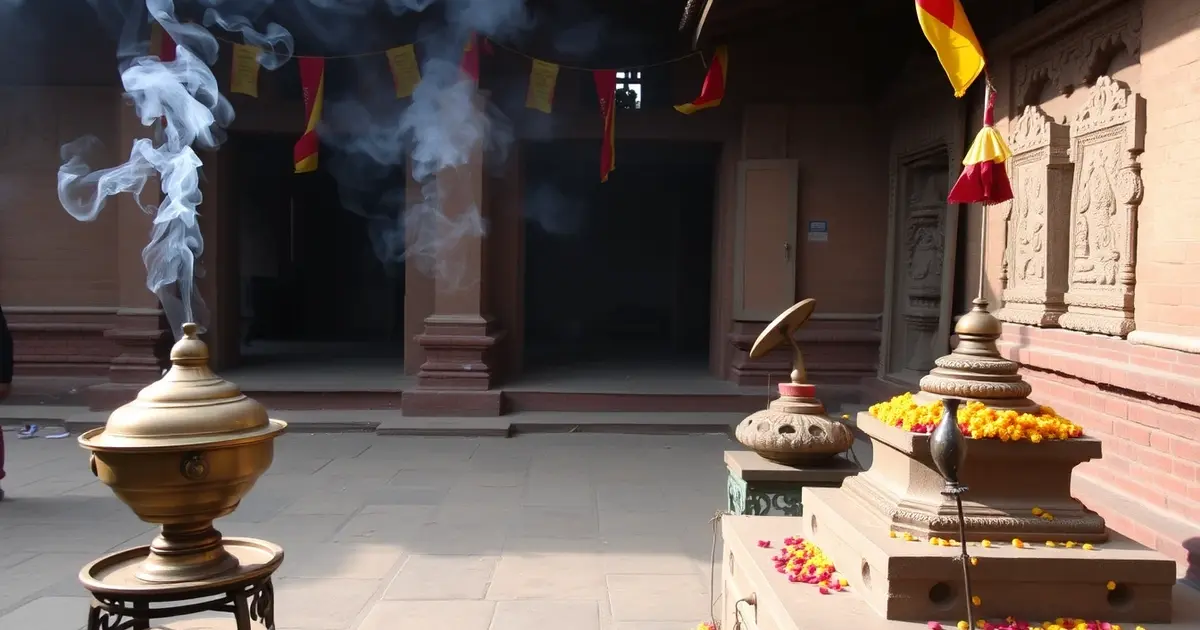
Panauti is a town where cultural traditions remain vibrant and integral to daily life. Throughout the year, a cycle of festivals animates the town’s ancient squares and temples, offering visitors a chance to witness Newari culture at its most expressive. The Panauti Jatra, or Makar Mela, held every 12 years, is the town’s most significant festival, drawing tens of thousands of pilgrims for ritual bathing at the sacred confluence of the three rivers. This month-long event transforms Panauti into a major spiritual center, reaffirming its historical importance.
Even outside major festival periods, daily rituals infuse the town with spiritual energy. Each morning, residents perform puja (offerings) at local shrines, the scent of incense mingles with the aroma of traditional Newari breakfast preparations, and temple bells resonate through the narrow streets. Visitors are welcome to observe these practices respectfully, gaining insight into the deep spiritual underpinnings of Newari life.
The town’s numerous patis (public rest houses) serve as important social hubs where community members gather to chat, play traditional games, or simply watch the world go by. These open-sided structures, often adorned with intricate wood carvings, exemplify Newari communal architecture and offer visitors a chance to observe local life in an unhurried, natural setting. Unlike more commercialized towns where such spaces might be dominated by tourist-oriented businesses, Panauti’s patis retain their authentic community function.
Beyond the Town: Exploring Panauti’s Surroundings
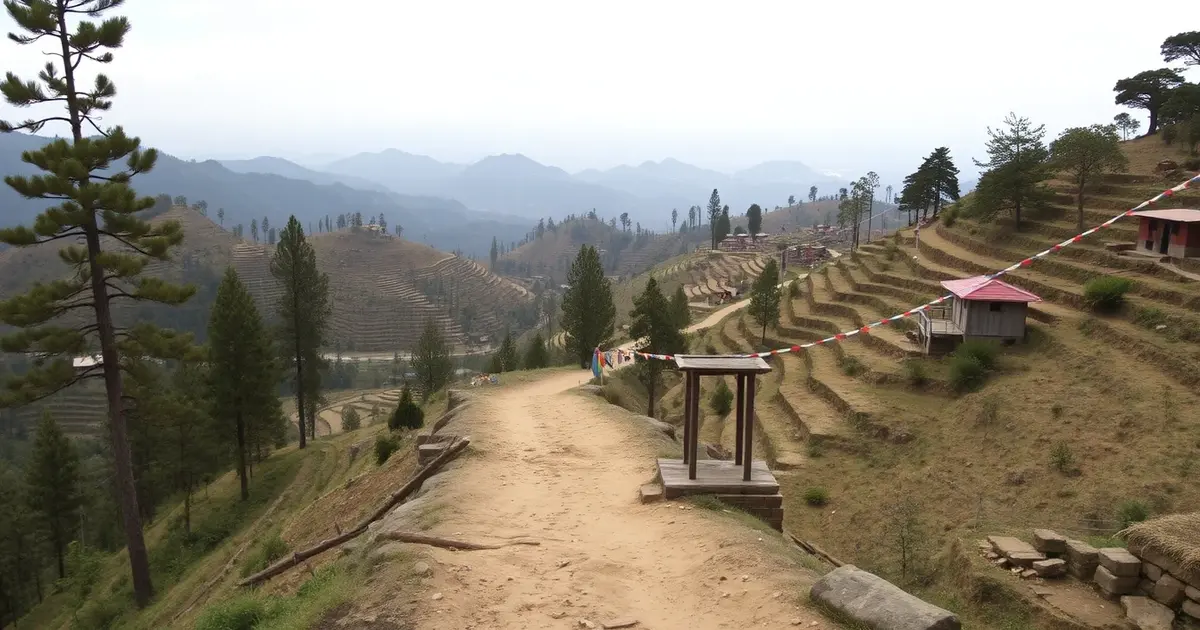
While Panauti’s historic center is its main attraction, the surrounding countryside offers rewarding opportunities for gentle hikes and exploration of rural Nepali life. The hills around Panauti are dotted with small farming villages, terraced fields, and sacred sites, providing panoramic views of the Kathmandu Valley and, on clear days, the distant Himalayan range.
A popular short hike leads to Namo Buddha, one of Tibetan Buddhism’s most sacred pilgrimage sites, located about three hours’ walk from Panauti. The trail winds through pine forests and agricultural landscapes, passing traditional Tamang and Newari villages. Namo Buddha itself, with its magnificent Thrangu Tashi Yangtse Monastery, offers stunning views and a chance to observe monastic life. The legend associated with Namo Buddha—where a prince offered his body to a starving tigress and her cubs—embodies Buddhist compassion and provides a profound spiritual counterpoint to Panauti’s Newari traditions.
Closer to Panauti, shorter walks lead to viewpoints like Nagarkot or Dhulikhel, known for their Himalayan panoramas, though these are best experienced with an overnight stay to catch sunrise views. The agricultural landscape around Panauti itself offers insights into traditional farming practices, with seasonal crops like rice, wheat, mustard, and vegetables cultivated on terraced fields that contour the hillsides. Visitors interested in agro-tourism can often arrange to participate in farming activities through their homestay hosts.
A Model for Sustainable Cultural Tourism
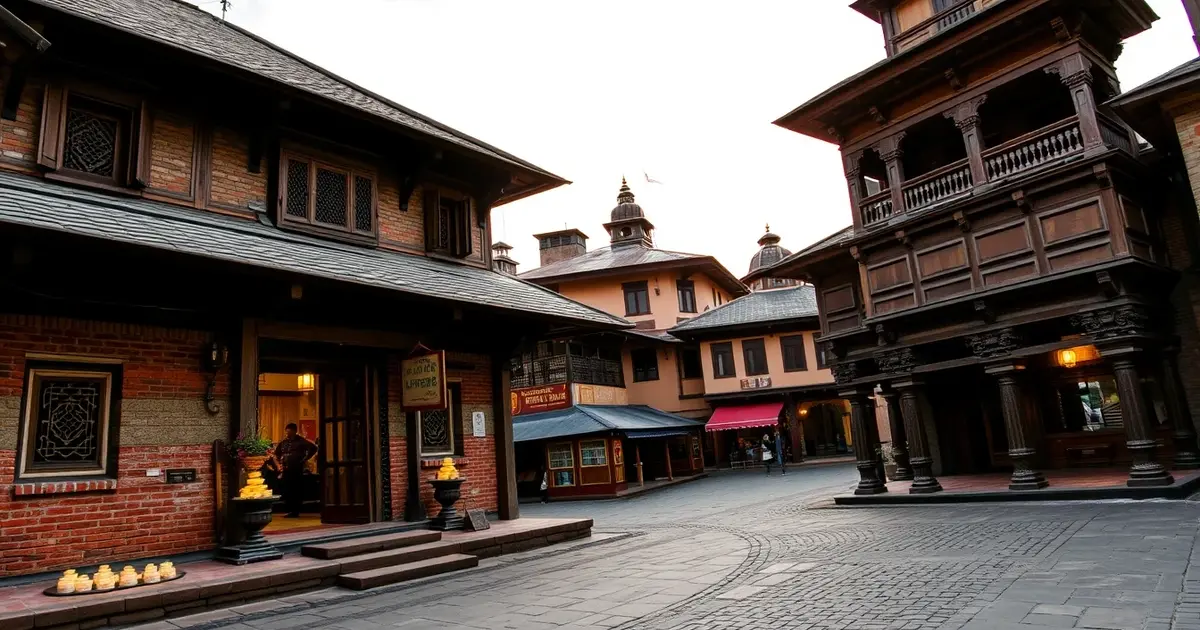
Panauti stands as a compelling example of how tourism can support cultural preservation and community development when managed thoughtfully. By prioritizing authenticity over commercialization, empowering local communities through initiatives like the community homestay program, and preserving its architectural and living heritage, Panauti offers a model for sustainable cultural tourism that benefits both residents and visitors.
For travelers seeking to escape the well-trodden tourist circuits of Nepal and experience a deeper connection to Newari culture, Panauti provides an enriching and rewarding alternative. Its resilience, living traditions, and community-focused approach to tourism make it a destination where slow travel principles are not just practiced but embodied in the very fabric of daily life.
For those interested in exploring other destinations where community-based tourism and cultural preservation are central, consider learning about the traditional salt harvesting in Guérande, France, where local artisans maintain ancient practices.
Address Book:
•Panauti Community Homestay Booking Office: Panauti Municipality (advance booking recommended)
•Indreshwar Mahadev Temple Complex: Central Panauti (open daily, respectful attire required)
•Panauti Museum: Near Indreshwar Temple (local history and cultural artifacts)
•Namo Buddha (Thrangu Tashi Yangtse Monastery): Approximately 3-hour hike or short taxi ride from Panauti.

